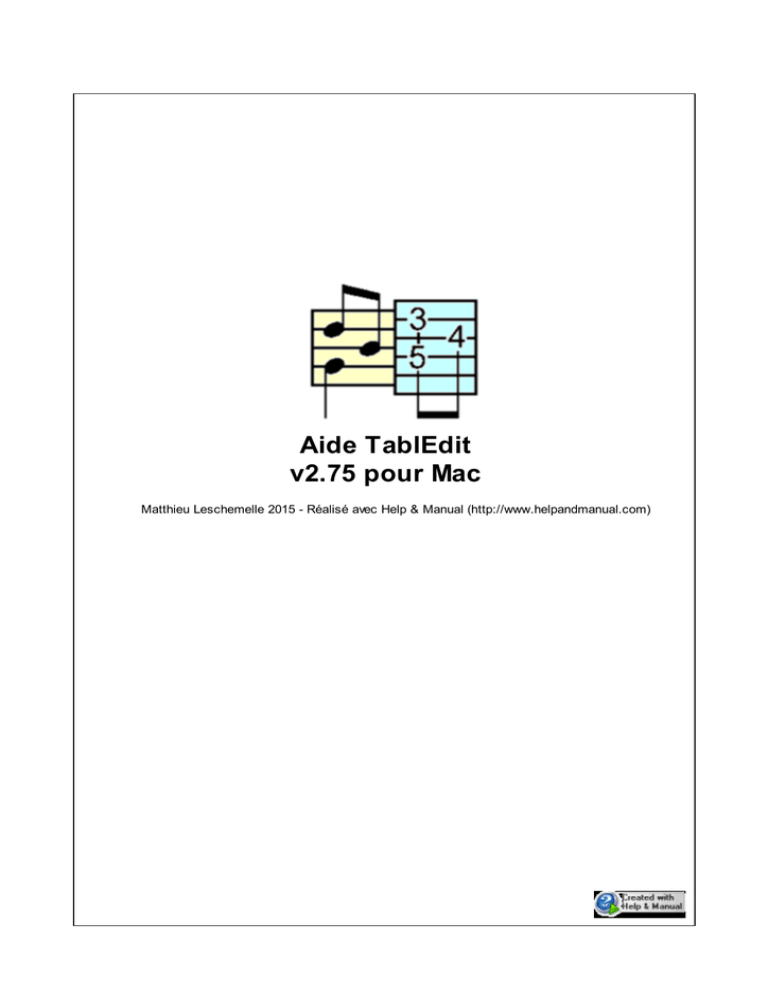


The auto detect experience determines any tables or views and opportunistically adds them. To add objects such as tables or views to the default Power BI dataset, you have options:Īutomatically add objects to the dataset, which happens by default with no user intervention needed. Users can also remove objects from the default Power BI dataset. These properties are then used to create the Power BI dataset's tables. They can also add other semantic modeling properties, such as hierarchies and descriptions. Within the warehouse, a user can add warehouse objects - tables or views to their default Power BI dataset. In Power BI, a dataset is always required before any reports can be built, so the default Power BI dataset enables quick reporting capabilities on top of the warehouse. The possible values are: 1 - OneDirection, 2 - BothDirections, and 3 - Automatic.Īdd or remove objects to the default Power BI dataset Indicates how relationships influence filtering of data and is Power BI specific. This defines the default relationship behavior within the semantic modelĪ boolean value that indicates whether the relationship can rely on referential integrity or not. The possible values are: OneDirection, BothDirections, and None.Ī Power BI specific semantic, and a boolean value that indicates whether the relationship is marked as Active or Inactive. Indicates how relationships influence filtering of data when evaluating row-level security expressions and is a Power BI specific semantic. Relationship cardinality, the possible values are: None, OneToOne, OneToMany, ManyToOne, and ManyToMany. Table/View name "To" which a relationship is defined. Table/View name "From" which relationship is defined. The following table provides a description of the properties available when using the model view diagram and creating relationships: Column name Microsoft makes no warranties, expressed or implied, with respect to the information provided here. This information relates to a prerelease product that may be substantially modified before it's released. Microsoft Fabric is currently in PREVIEW. We recommend choosing the primary relationship as active for BI reporting purposes. The active Power BI relationship is represented with a solid line and the rest is represented with a dotted line. While all constraints are translated to relationships, currently in Power BI, only one relationship can be active at a time, whereas multiple primary and foreign key constraints can be defined for warehouse entities and are shown visually in the diagram lines. Inheriting the warehouse's business logic allows a warehouse developer or BI analyst to decrease the time to value towards building a useful semantic model and metrics layer for analytical business intelligence (BI) reports in Power BI, Excel, or external tools like Tableau that read the XMLA format. The default Power BI dataset inherits all relationships between entities defined in the model view and infers them as Power BI dataset relationships, when objects are enabled for BI (Power BI Reports). SQL Endpoint and Warehouse in Microsoft Fabric


 0 kommentar(er)
0 kommentar(er)
